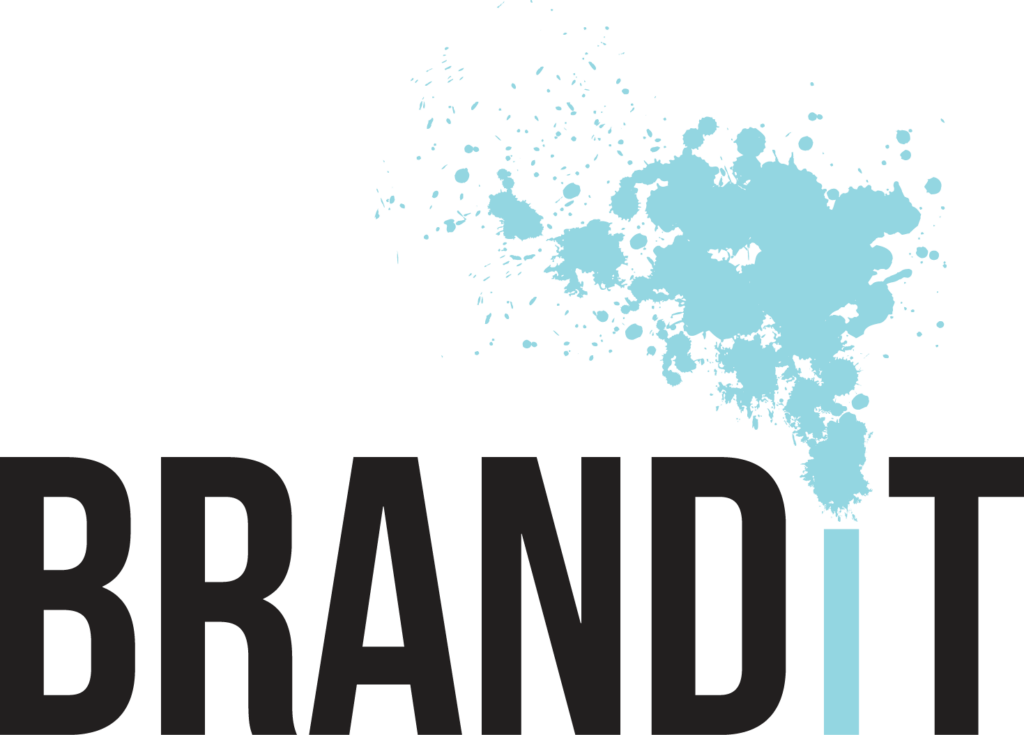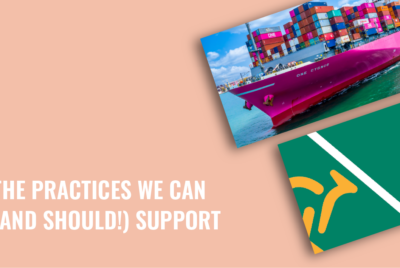Colour Psychology, the newest addition to every marketer’s arsenal, breaks down how and why different colours evoke differing psychological responses from people. Purple is associated with royalty, blue stimulates calmness and communication, white symbolizes purity, and orange promotes energy. These marketers have leveraged this field to understand how and why these colours influence consumer behaviours and purchase decisions the way they do.
Certain colours, and combinations of colours, evoke very similar associations within people depending on the context. These associations convey specific messages to users, who link these concepts to the brand. Using colour as a weapon, business owners can paint the picture they want customers to associate their brand with. But, since colour is context-dependant, how do these associations change based on industry and product?
Conveying Concepts With Colours
The colour of a product will trigger certain psychological responses that influence the way customers identify with and perceive it. As a visual representation of your brand, you want to choose colours that produce positive thoughts, feelings, and emotions about your product that align with your brand’s essence. Colours help people to remember objects, influences our purchases and ignites our emotions, read how humans see colours here. For example, brighter colours reduce the seriousness of the packaging – perfect for toys!
Essentially, you need to use the way certain colours are seen to control the way your products are perceived. These packaging perceptions are not static, however. Red may trigger positive feelings of appetite and excitement in the food industry. But, in the airline industry, it could make people feel nervous and unsure. Choosing the right colours for your brand also depends on the context of your industry, as the same colour produces varying responses for each. Here are some examples:
Orange
Associated with optimism, enthusiasm, exploration, energy, confidence, and extroversion; orange draws in impulsive buyers and uncertain window shoppers. For industries that rely on making their products seem exciting and results-focused, this colour is perfect.
This colour is particularly popular within the home improvement and pharmaceutical industries. Here, feelings of hope, excitement, and confidence in any home improvement or health endeavour do wonders for increasing sales and brand loyalty.
White
White positions the product as simple, pure, elegant, traditional, and safe. It is clean and sophisticated, an idea that has been perpetuated among the public through brands and products like Apple.
This makes it perfect for the healthcare industry, where cleanliness, safety and purity are key. The creative industry also benefits from using this colour, as it represents a blank canvas. It is also the long-standing favourite car colour of the automotive industry for obvious reasons.
Blue
Calming, clean, integrity, trust, stability, and more! This subtle yet attention-seeking colour is perceived by people in many ways, the versatile factor is the shades. Products using darker shades are linked to ideas of intelligence and elegance. While, those using lighter shades are seen as more calm and safe. Accenting your packaging with gold or silver can improve this.
While it’s the tendency to be a subtle attention-grabber and create feelings of stability, it is used widely within the social media industry, on platforms such as Facebook, Twitter, LinkedIn, Tumblr and Skype. As blue conveys a message of communication and logic.
With so many different shades, hues, colour combinations and associations, choosing your palette will take a lot of research and consideration.
Here at BRANDiT Marketing, we have dedicated hours to understanding the psychology behind every possible colour combination. Through colour and concept, we can help consumers understand your brand. Contact us today for a comprehensive consultation on branding and web design!


